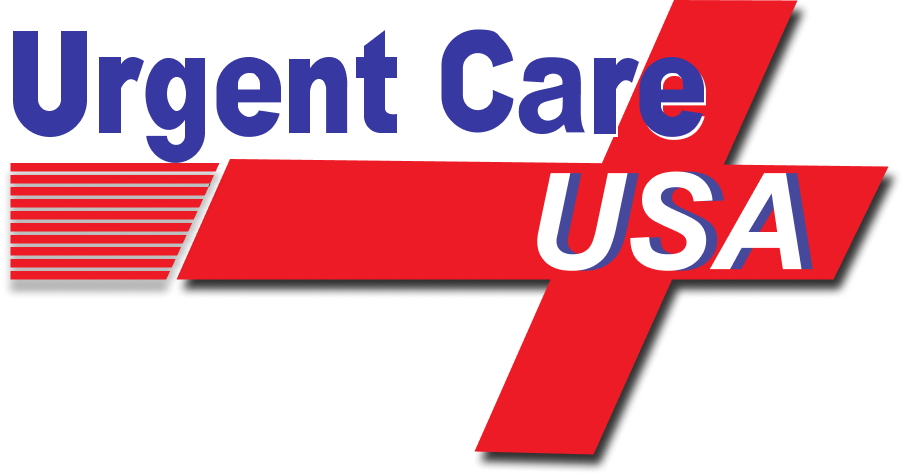Meeting Department of Transportation requirements is essential for businesses that rely on commercial drivers. Whether you’re an employer or a driver, being fully prepared for DOT testing helps ensure safety on the road and full compliance with federal regulations. This process goes beyond simply showing up—it involves understanding what’s expected, maintaining proper records, and adhering to substance testing protocols. Staying informed about DOT testing standards can protect both your business operations and public safety. Knowing what to expect makes the entire procedure smoother, faster, and far less stressful.
Preparing Drivers for Compliance from Day One
Preparing your drivers properly from their first day is crucial for maintaining compliance throughout their employment. Begin with thorough orientation sessions that outline all DOT testing expectations, including random, pre-employment, post-accident, and return-to-duty procedures. This helps drivers feel confident and clear about what lies ahead.
Incorporating routine updates on DOT regulations into ongoing training also reinforces their responsibilities. Employees who are well-informed about what is expected of them are far less likely to make costly errors. Ensuring your drivers are aware of the consequences of non-compliance helps foster a safety-focused work culture. Regular reviews, check-ins, and communication build trust and reduce misunderstandings. Investing time in education pays off in fewer delays, safer roads, and smoother operations for your entire organization.

Establishing a Reliable Documentation Process
Accurate and organized records are essential when it comes to DOT testing. Employers must maintain documentation such as chain-of-custody forms, test results, consent forms, and training certifications. These records should be securely stored and easily accessible for audits or inspections.
Creating a system that tracks deadlines for physical exams, testing renewals, and follow-up requirements ensures nothing slips through the cracks. Many businesses benefit from using digital recordkeeping platforms to simplify access and reporting. Keeping everything in order avoids penalties and prevents delays during compliance reviews. Consistency is key when dealing with federal regulations. By managing your records proactively, you can reduce legal risks and demonstrate your commitment to maintaining a safe, professional workforce.
Choosing the Right Testing Partners
Selecting experienced and certified testing providers helps streamline the entire DOT testing process. Look for labs that are SAMHSA-certified and familiar with federal transportation regulations. These partners can offer guidance, fast turnaround times, and error-free handling of results.
Building a relationship with a dependable clinic or medical review officer also reduces delays and improves consistency in testing protocols. Communication matters. Your chosen partner should provide clear instructions for both employers and drivers, including what to bring and how to prepare. With the right team in place, you’ll avoid repeated tests and ensure compliance every step of the way. Reliable partnerships contribute to a smoother workflow and help prevent testing-related setbacks that could disrupt business operations or put licenses at risk.
Coordinating Pre-Employment Screening Seamlessly
Before hiring any commercial driver, employers are required to complete DOT testing as part of the pre-employment process. This includes drug screening and sometimes a physical exam to verify medical fitness for duty. Efficient coordination saves time and reduces frustration.
Start by scheduling the test early in the hiring process. Ensure the candidate knows what documentation is required, such as a valid ID and any necessary forms. Clear communication also minimizes the chance of errors or missed appointments. Once the results are in, maintain proper records and communicate the outcome appropriately. Completing this step efficiently shows new hires your company takes safety and compliance seriously, while also helping you make informed employment decisions that protect your team and your bottom line.
Managing Random Testing Programs Effectively
Random testing plays a vital role in keeping commercial drivers accountable and ensuring a drug-free work environment. Employers are required to implement a scientifically valid method for selecting employees at random intervals throughout the year.
To maintain fairness and accuracy, many companies use third-party administrators to conduct selections and manage notifications. Employees should be reminded regularly that random testing can occur at any time and that immediate compliance is required. Timely testing, paired with well-documented procedures, helps avoid violations. Proper planning ensures that selections do not interfere with work schedules and that results are reported quickly. A well-executed random testing program reinforces the seriousness of your compliance efforts and strengthens safety protocols throughout your organization.

Keeping Up with Medical Certifications and Renewals
Drivers must maintain a current medical certificate to comply with DOT regulations. This means attending regular physical exams with certified medical examiners and ensuring all documentation is submitted on time to avoid disruptions in licensing or employment.
Employers should keep track of expiration dates and send reminders well in advance. If a driver’s certification lapses, they can be pulled from duty, which could result in staffing shortages or delivery delays. Keeping everything up to date not only avoids penalties but also protects the health of your drivers. Staying proactive with renewals shows a commitment to long-term safety. Routine evaluations can also detect potential health concerns early, giving drivers time to seek treatment and return to work safely and confidently.
Handling Post-Accident Testing Requirements
After an accident involving a commercial vehicle, DOT regulations often require immediate drug and alcohol testing, depending on the circumstances. Employers must be prepared to act quickly to ensure timely testing and compliance with legal obligations.
Having a clear post-accident protocol reduces confusion and delays. Drivers should understand that they may be required to undergo testing within specific timeframes. Employers must coordinate promptly with their testing providers and document all steps taken. Even in stressful situations, compliance is critical. Delays or errors in handling post-accident testing can lead to serious penalties or jeopardize the outcome of investigations. By preparing in advance, companies can respond efficiently, support their drivers, and protect their operating authority after an incident.
Navigating Return-to-Duty and Follow-Up Testing
When a driver has violated DOT drug or alcohol regulations, they must complete a return-to-duty process before resuming safety-sensitive work. This includes evaluation by a substance abuse professional and a negative result from DOT testing.
Employers are responsible for coordinating the required steps, including follow-up testing plans that may last up to five years. Transparency and thorough communication help guide employees through this process and ensure long-term compliance. Follow-up tests are unannounced and must be completed as directed by the substance abuse professional. Having a plan in place ensures that no steps are missed. Supporting drivers through this process shows a commitment to rehabilitation while keeping your business compliant with federal guidelines.
Building a Culture of Safety and Responsibility
Creating a workplace culture that values safety helps promote long-term success and DOT compliance. This goes beyond completing tests—it involves setting expectations, rewarding responsible behavior, and encouraging open communication among team members.
Leadership should consistently model and reinforce safety-first behavior. Regular meetings, policy reviews, and safety briefings remind staff that DOT testing is part of a broader commitment to workplace health. When employees feel supported, they’re more likely to take responsibility and follow procedures. Encouraging this mindset helps reduce violations and fosters a work environment where safety is prioritized every day. A strong culture of responsibility doesn’t happen overnight, but with consistent effort, it leads to better compliance, fewer incidents, and a more resilient workforce.
Conclusion
Preparing your team for DOT testing is an essential step in maintaining safety, compliance, and business continuity. From documentation to medical certifications, having a solid plan in place minimizes risks and ensures your drivers stay road-ready. At Urgent Care USA in Plant City, FL, our certified professionals provide reliable DOT testing services tailored to meet your organization’s needs. Whether you’re managing pre-employment screenings or need quick post-accident support, we’re here to help streamline the process.
Don’t leave compliance to chance—partner with a team that understands your goals. Call Urgent Care USA at (813) 752-7222 to schedule your DOT testing or learn more about our full range of occupational health services. Let us help keep your drivers compliant, safe, and on the move with care you can trust.

